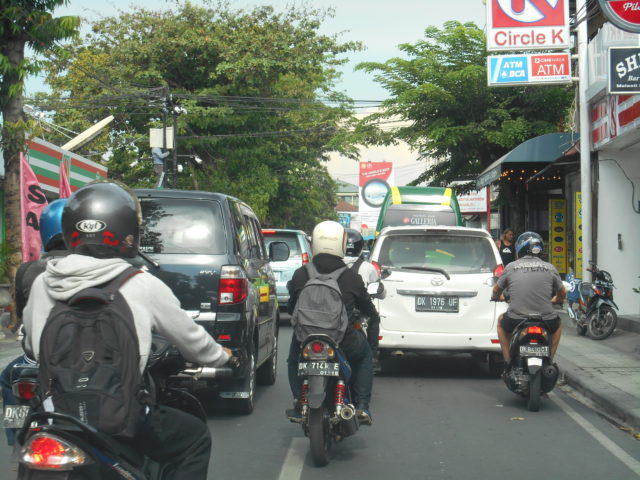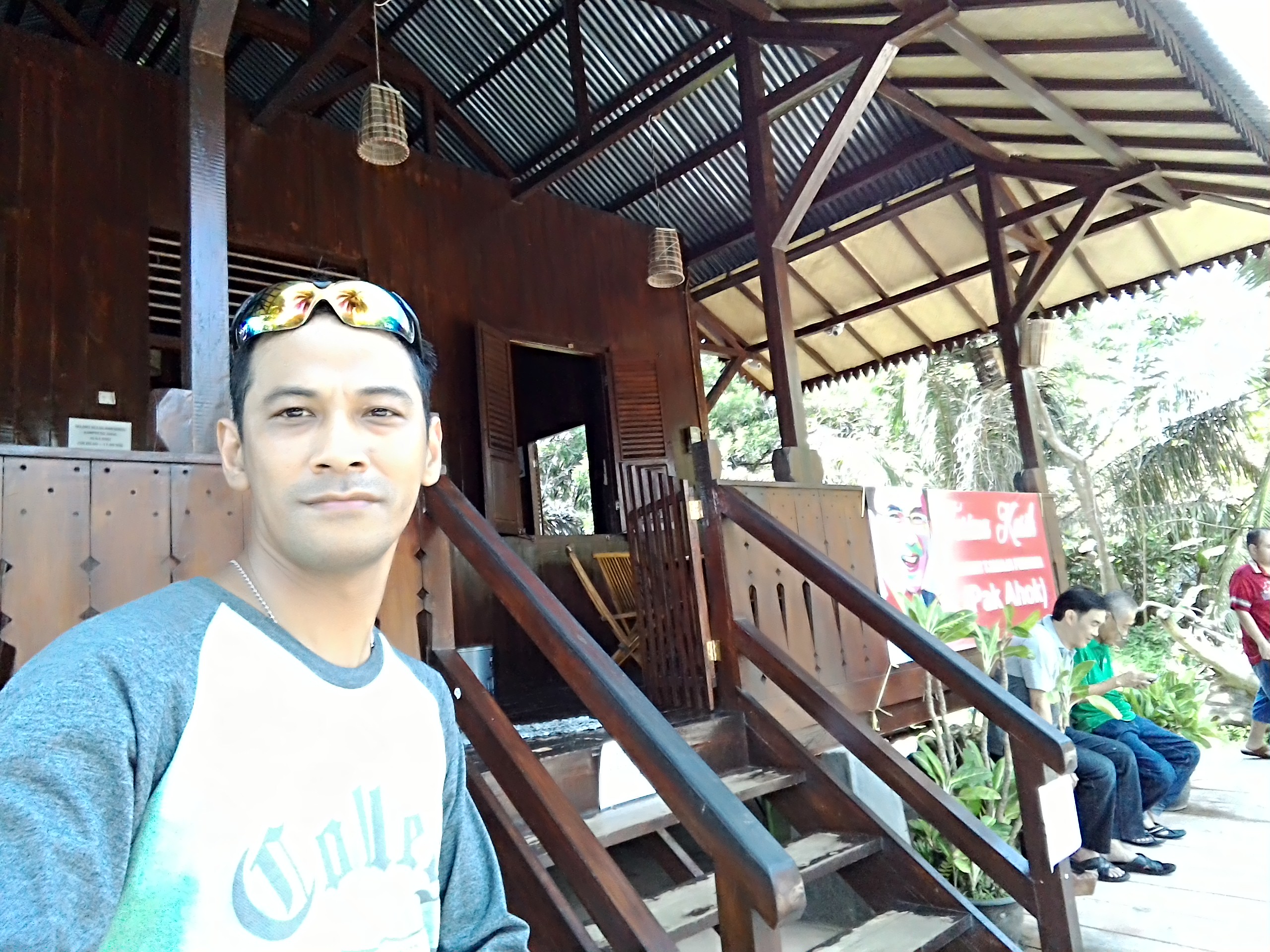Tourism And Urban Transport
The development of transportation facilities continues to experience significant increase. Along with the recovery of economic sector post financial crisis internationally, technological progress causing the increasing number of trips from one place to another place. Regardless of any motive that underlies the movement of people within a city and the uniqueness offered in a city, urban tourism activities are more interpreted as a result of the mobility of the movement of people from one place to another, as expressed by the European Commission: “Urban tourism can be seen as a result of the growing mobility … (of people), for those towns and cities are unavoidable stopping-off points “(2000: 21).
Unfortunately, safer public transportation, convenient and cheap to support the mobility and the activity is not sufficient enough. Traffic congestion becomes a consequence where traffic conditions in which vehicles are constantly stopping and starting and in which vehicle concentration is high while flow speeds are low (ECMT, 2010: 64)”. A good and integrated infrastructure is needed to support the activities of people and tourists who visit a destination.
Implementation of mass transportation system that can bring passengers in large quantities, the elimination of urban transport in the form of microbuses with small capacity and restrictions on the number of private vehicles that enter into certain areas and roads as well as setting traffic flow patterns is an alternative in addressing various traffic problems in the city.

Pendyala (2003) suggests transportation systems are planned and designed to provide people with the ability to engage in activities at locations and times of their preference…..to meet the projected travel demand and ensure a high quality of life for the residents and visitors of a geographical region.
To avoid and mitigate the negative impacts of urban tourism activities there are several things that stakeholders in urban areas need to consider in designing infrastructure such as:
- Management and arrangement of mass transportation facilities along with a more comprehensive road network;
- Increasing the quality of stops so that more interesting for the use of citizens who use mass transportation means;
- Increasing the quality of public open space as a means of transit or temporary rest for the citizens of the city but also for tourists;
- Organize the travel patterns of citizens and tourists within the city through a more integrated design and network infrastructure;
Reference:
ECMT (European Conference of Ministers of Transport). (2000) Traffic Congestion in Europe, Round Table 110 dalam Black, William R., Sustainable Transportation: Problems and Solutions, Guilford Press, New York, 64
European Commission (2000) Toward Quality Urban Tourism, European Community, Brussels, 21
Pendyala, Ram M., (2003) ‘Time Use and Travel Behavior in Space and Time’ dalam Goulias, Konstadinos G., Editor, Transportation Systems Planning:Methods and Application, CRC Press, USA


Comments :